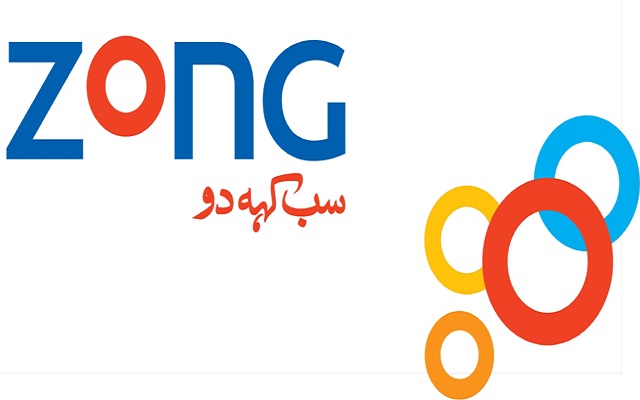Broadband growth: Don’t blame the economy!

Broadband growth: Don’t blame the economy!
The current global economic recession has had a spiral effect worldwide and only a few segments have been able to resist its impact. However, the amazing growth of broadband in the last decade is an outstanding national success story. High-speed internet streaming is revolutionising the way people learn, communicate, work and do business. Broadband internet is now the backbone of corporate services and even small businesses.
Owing to their own limitations, some telecommunications operators are making misleading claims about the state of broadband penetration in Pakistan by incorrectly linking it with the country’s economic situation. Contrary to such ill-informed claims made in haste, the country has witnessed a 70 times increase in broadband proliferation in the last six years. The numbers speak for themselves.
According to the Pakistan Telecommu-nication Authority (PTA) data, the number of broadband internet subscribers in Pakistan increased from less than 27,000 in 2005-2006 to more than 1.9 million in 2012. One website, Internetworldstats.com, puts Pakistan’s total internet users at more than 29 million with a population penetration of 15.5 per cent. The total number of fixed phones and mobile phone subscribers stand at 3.1 million and 118.3 million, respectively. The PTA data further reveals that broadband internet put up an impressive growth rate of 28 per cent from June 2011 to March 2012, surpassing a mobile growth rate which stood at nine per cent for the same period. Given these facts, conveniently blaming the economy to cover operators’ own institutional limitations and lack of infrastructural capacity are tantamount to a disservice to the nation.
Broadband services were first introduced in Pakistan in 2001, by installing equipment on existing copper lines used for provision of telephony services. Initially, DSL broadband services were only provided to a small consumer base of high-end users in the big cities. But progress was slow and penetration was negligible. In response, the Government of Pakistan introduced the Broadband Policy of 2004, revising backhaul bandwidth charges downwards to propel broader penetration.
Broadband growth has been achieved during recession years, where the average GDP growth rate has remained less than four per cent per year. Today, broadband internet is a household product and one connection serves an entire family.
Pakistan is ranked among the top few countries to have registered high growth in broadband internet penetration in recent years. According to global broadband tracker Point Topic’s 2011 report, Pakistan stood in fourth place in Asia with 46.2 per cent growth in subscriber base whereas Sri Lanka and India were placed at number 11 and number 14, respectively. The tremendous potential of broadband internet in Pakistan can be gauged by analysing the last four years’ progress through the PTA’s data. Broadband internet penetration was less than one percent per household in 2008. In 2012, it has reached seven per cent. This mammoth growth has fuelled a broadband revolution, resulting in an increase in customer base and also helping wireless broadband technologies to expand setting the economic wheel in motion.
Despite hollow claims, the truth is that the growth trajectory of broadband is not the same for all operators. A sluggish economy and power crisis is not the reason for this stark dichotomy. Rather, it depends on an operator’s network, infrastructure capabilities, investment size, business model and growth strategy. Technology takes time to grow but once the wheel is set in motion, the effect is viral.
Article has been written by Naveed Saeed (Tribune)
PTA Taxes Portal
Find PTA Taxes on All Phones on a Single Page using the PhoneWorld PTA Taxes Portal
Explore NowFollow us on Google News!





